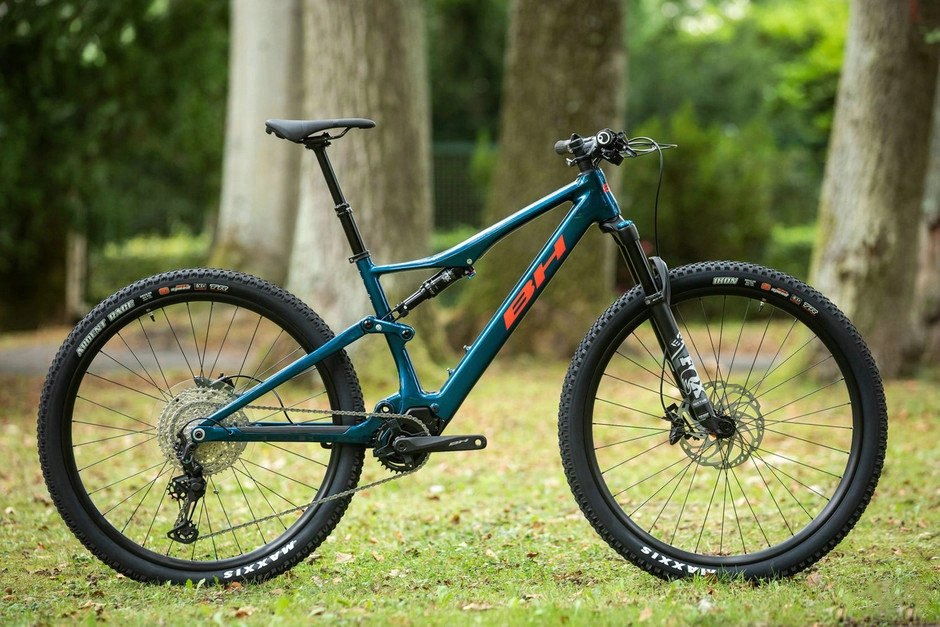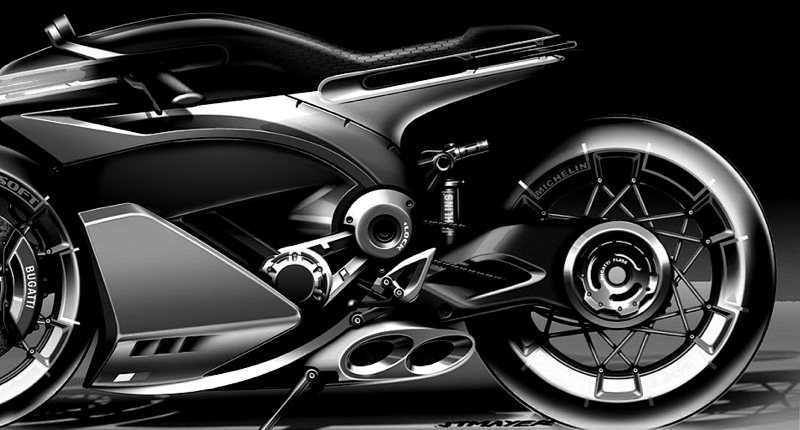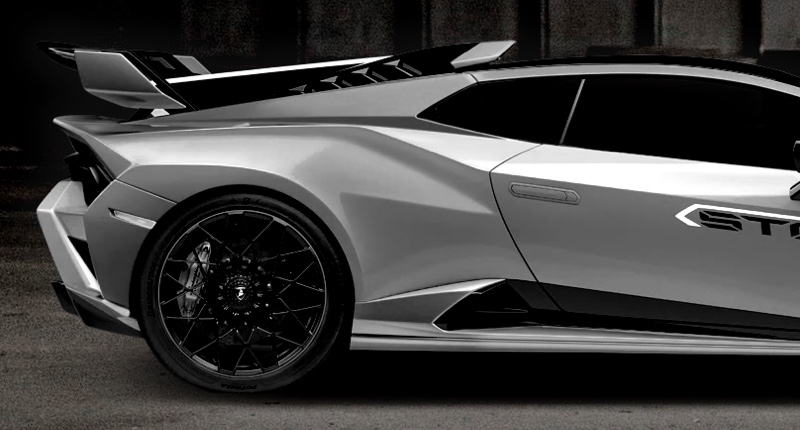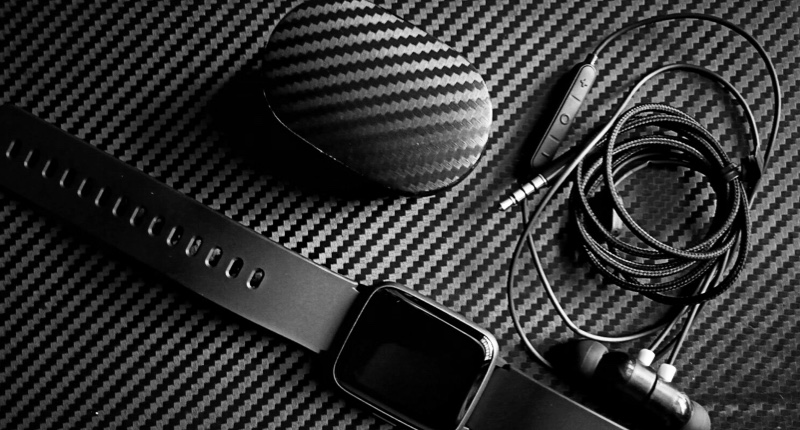Analysis of Delamination Problems in Carbon Fiber Products and How to Avoid it
Discover insights into delamination in carbon fiber products. Our analysis explores common causes of carbon fiber delamination and effective strategies to prevent it, ensuring the longevity and reliability of your products. Enhance your understanding of delamination challenges and solutions by reading our comprehensive guide tailored for industry professionals.
Delamination is a common issue in carbon fiber products where layers of the composite material separate or fail to bond correctly. This issue compromises the structural integrity, performance, and durability of the product. Understanding the causes of delamination and adopting preventive measures is critical for maintaining product quality in industries such as aerospace, automotive, and sporting goods.
Causes of Delamination in Carbon Fiber Products
1. Manufacturing Defects
Improper Resin Infusion or Distribution: Uneven resin flow during processes like resin infusion can create voids or weak bonds between layers.
Contamination: Dust, oils, or other impurities on the fiber layers or mold can prevent proper bonding.
Insufficient Pressure: Inadequate pressure during the curing process leads to weak interlayer adhesion.
Improper Curing: Incorrect temperature or timing during curing can prevent the resin from fully bonding the fibers.
2. Material Incompatibility
Using incompatible resins and fibers or mixing materials with differing thermal expansion properties can cause internal stress, leading to delamination.
3. Mechanical Stress
Excessive impact, vibration, or fatigue from usage can cause layers to separate over time.
4. Environmental Factors
Moisture Ingress: Prolonged exposure to moisture can weaken the bond between layers.
Thermal Cycling: Repeated heating and cooling can cause expansion and contraction, stressing the layers.
5. Design and Fabrication Issues
l Sharp corners, abrupt thickness transitions, or improper fiber orientation can create stress concentration points that lead to delamination.
Preventing Delamination in Carbon Fiber Products
Optimized Manufacturing Processes
Surface Preparation: Clean and prepare all materials and molds thoroughly to remove contaminants.
Uniform Resin Application: Ensure even resin distribution using controlled infusion or automated processes.
Proper Pressure Application: Use autoclaves or vacuum bags to apply consistent pressure, ensuring layers bond without voids.
Curing Control: Strictly monitor temperature and time during curing to ensure complete bonding.
Material Selection
Choose high-quality, compatible resins and fibers to ensure strong interfacial bonding.
Use pre-preg (pre-impregnated fiber) materials, which are pre-coated with resin and offer more consistent bonding.
Design Optimization
Avoid sharp corners or abrupt transitions in thickness to minimize stress concentration.
Orient fibers strategically to handle anticipated loads and stress directions.
Post-Manufacturing Quality Control
Inspect finished products using non-destructive testing (NDT) methods like ultrasonic testing, X-ray, or thermography to detect voids or weak spots.
Conduct pull tests or interlaminar shear tests on samples to verify layer adhesion strength.
Environmental Protection
Apply protective coatings to shield products from moisture and UV exposure.
Design for thermal stability, considering the operational environment of the product.
Training and Best Practices
Train operators in best practices for handling and fabricating carbon fiber materials.
Regularly calibrate and maintain equipment used in the manufacturing process.
Addressing Delamination During Use
For existing products, addressing delamination depends on the severity of the issue:
Minor Delamination: Apply repair techniques like resin injection or adhesive bonding, followed by re-pressurization or curing.
Severe Delamination: Replace the affected part entirely, as structural integrity may already be compromised.
Delamination is a critical concern in carbon fiber products that can significantly reduce performance and reliability. By identifying its root causes, optimizing manufacturing techniques, selecting appropriate materials, and implementing rigorous quality controls, manufacturers can minimize the risk of delamination. Proactively addressing these challenges ensures the long-term success of carbon fiber products in high-performance applications.

New arrivals---Carbon Fiber Slam Panel Replacement for BMW M3 M4

Carbon Fiber Cross Country Mountain Bike Seat produced by Supreem Carbon.

New arrivals- BMW CSL style carbon fiber front grille released by Supreem carbon!!

Supreem carbon Auto part new arrivals!

The 5 Questions You've Always Had About Carbon Fiber

Supreem Carbon New Motorcycle Carbon Parts Development Plan.
For Products
Which surface could you provide for the carbon parts?
Gloss finish, matte finish, satin finish. Some color coating as the customer needs.
What is main products for factory?
Supreem carbon mainly produce carbon fiber custom products for automobile and motorcycle accessaries, including the design, develop and manufacturing of appearance parts, interior parts, functional parts, etc. Other carbon fiber custom goods also can produce for you.
For Facotry
When is Supreem carbon founded?
Our company formally established in early 2017.
How many monthly production capacity of the factory?
The average monthly production capacity reach 3000 pieces. With the equipment upgrade, it will be increased over 4000 pieces per month.
For Customized Service
What custom customer need to prepare?
1. Send Your Design/Idea/3D drawing.
2. Supplier Quotation Confirmation.
3. Firts Sample Feedback.

Yamaha R1 Carbon Fiber Side Fairings
Introducing the Supreem Carbon Fiber Long Side Panels for Yamaha R1. Crafted with precision and expertise, this front side fairing is designed to elevate the performance and aesthetics of your R1. Made from high-quality carbon fiber, this fairing is not only lightweight but also incredibly durable, providing optimal protection for your motorcycle.

Yamaha MT-07 Carbon Fiber Tank Cover

Carbon Fiber Sheet and Tube Custom

Ducati Desert X Carbon Fiber Sprocket Cover
Let’s Bring Your Carbon Fiber Ideas to Life
Have a question or inquiry about our carbon fiber composite products? Leave us a message here, and our team will get back to you promptly.
Whether you're interested in custom orders, technical specifications, or partnership opportunities, we're here to assist you.
Please fill out the fields above with your name, email address, and message.
© 2024 Supreem Carbon All Rights Reserved.





Facebook
Pinterest
LinkedIn
Instagram